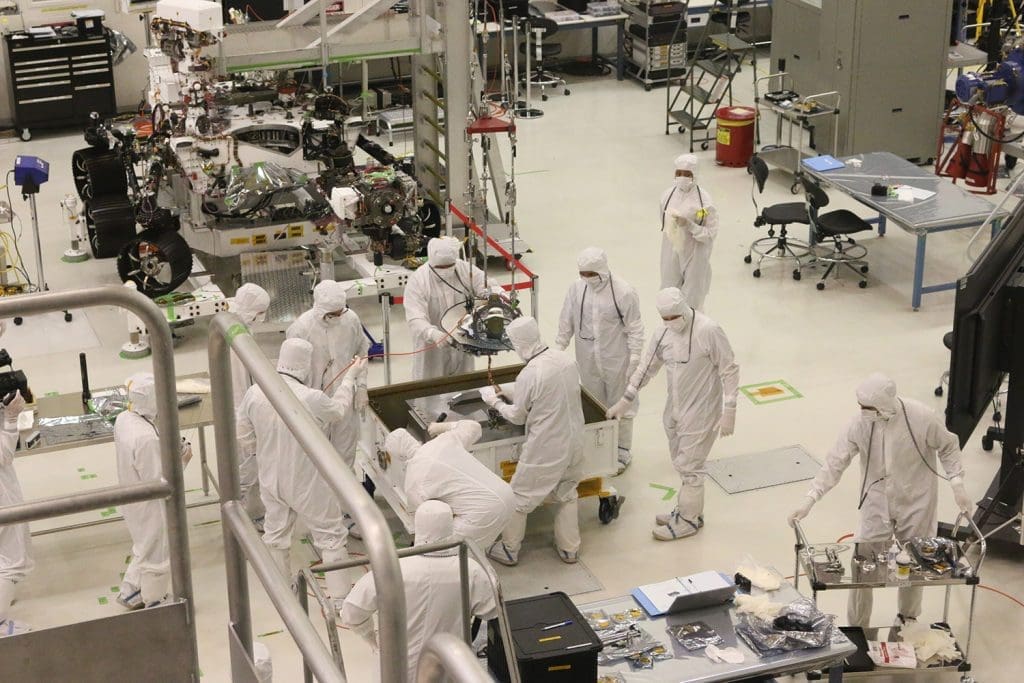Why We’re Concerned
Toxic Workplace Chemicals: Not So Clean, Not So Green
Despite branding itself as a clean industry, semiconductor manufacturing uses thousands of hazardous chemicals with minimal oversight. The industry’s long record of toxic chemical use has caused harm to workers, their children, and the environment.
The chip industry is notorious for keeping its toxic chemical information secret, but some information has been published. One study demonstrated that among the 81 most commonly used chemicals in electronics manufacturing, 30 are known carcinogens and 45 are reproductive toxins. Many have never been evaluated for their health effects.
The industry has a history of introducing new chemicals and other production materials without evaluating their toxicity. Many have never been studied for human health or environmental risks. To make matters worse, workers and residents are rarely exposed to only one chemical at a time: neighbors and workers typically experience a toxic cocktail of multiple chemicals, which makes assessing the danger even more complicated.


Regulations haven’t kept up with innovations in manufacturing. The federal government acknowledges its safety standards for toxic chemicals are “outdated and inadequate for ensuring protection of worker health.” Many haven’t been updated in over fifty years. Former Occupational Safety and Health Administration director David Michaels estimates that 90% of OSHA’s permissible exposure levels date to industry standards of the 1960s and are not safe. OSHA penalties for exposing workers to dangerous chemicals are light. The maximum penalty for a serious violation is just $15,625.
When regulations do exist, there is a huge disparity between what regulatory bodies consider “permissible” and what science tells us are safe exposure limits. For example, Cal/OSHA, which has the strongest exposure limits in the country, allows workers to be exposed to 100 parts per million to Ethylbenzene, but biomedical literature detected serious adverse health effects at 0.06 parts per million, more than 1,660 times lower than the legally allowable exposure.
After laws regulating toxic chemical use in the workplace were passed in Silicon Valley and throughout the U.S. in the 1980s, the chip industry started to outsource its production, as well as its hazards. Many young women workers died of cancer after working at a Samsung chip factory in Korea. In the U.S. and abroad, semiconductor manufacturing has exposed women of child-bearing age to thousands of workplace toxins, resulting in miscarriages, birth defects, cancer, and chronic illness.
We call on companies to:
- Implement state-of-the-art health and safety protocols.
- Eliminate and replace chemicals that can cause cancer, miscarriages, and/or fetal brain damage, as well as chemicals that are persistent, bioaccumulative, and toxic.
- If there are no safer substitutes, replace inadequate “permissible exposure limits” for hazardous chemicals with strong health-protective exposure standards.

